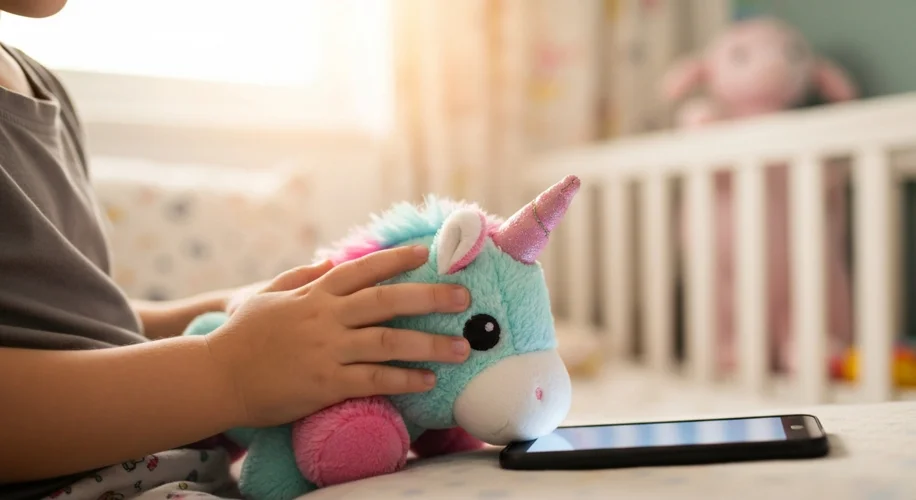You know, as someone who loves getting hands-on in the garden and kitchen, I’m always amazed by how simple tools can make a big difference. It got me thinking about how technology, even the everyday kind, can do the same for people.
Recently, I learned about how Near Field Communication (NFC) tags are being used in special needs education, and it struck me as a truly down-to-earth way to help kids learn and interact. It’s not about complicated gadgets, but about using smart, simple tech to create accessible experiences.
Imagine this: a child might have a favorite toy, maybe a little stuffed animal. By placing an NFC tag on it, that toy can become a trigger. When the child taps their special device or card to the toy, it can instantly start a routine. This routine could be as simple as a favorite song playing, a light turning on in a specific color, or even a calming visual displayed on a screen.
For non-verbal learners, this is huge. It gives them a direct, tactile way to communicate their preferences or to initiate an activity they enjoy. Instead of needing complex buttons or voice commands, they can use a familiar object – a toy, a picture card, even a piece of clothing – to make something happen. It’s about bridging the gap and giving them more control over their environment and their learning.
Think about a morning routine. An NFC tag on their toothbrush could start a timer for brushing. A tag on their breakfast bowl could trigger a cheerful message or a picture of the food. It creates a predictable and interactive sequence of events, which can be incredibly comforting and beneficial for many learners.
What I love about this approach is its practicality and how it integrates with existing smart home technology. Devices like smart lights, speakers, or even smart plugs can be programmed to respond to these NFC triggers. It’s about making technology work for us, in ways that are personalized and empowering.
It’s a reminder that even the most advanced technology can have its roots in simple, relatable actions. Just like I find joy in seeing a seed sprout or a recipe come together, there’s a similar kind of satisfaction in knowing that these smart, simple connections can help children learn, communicate, and thrive. It’s technology used for good, in a way that feels natural and encouraging.

